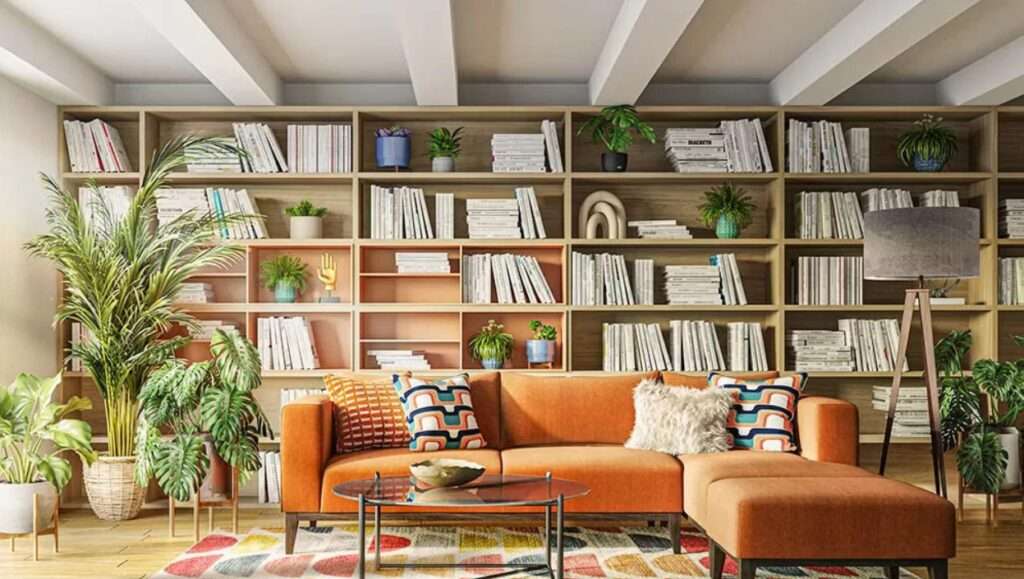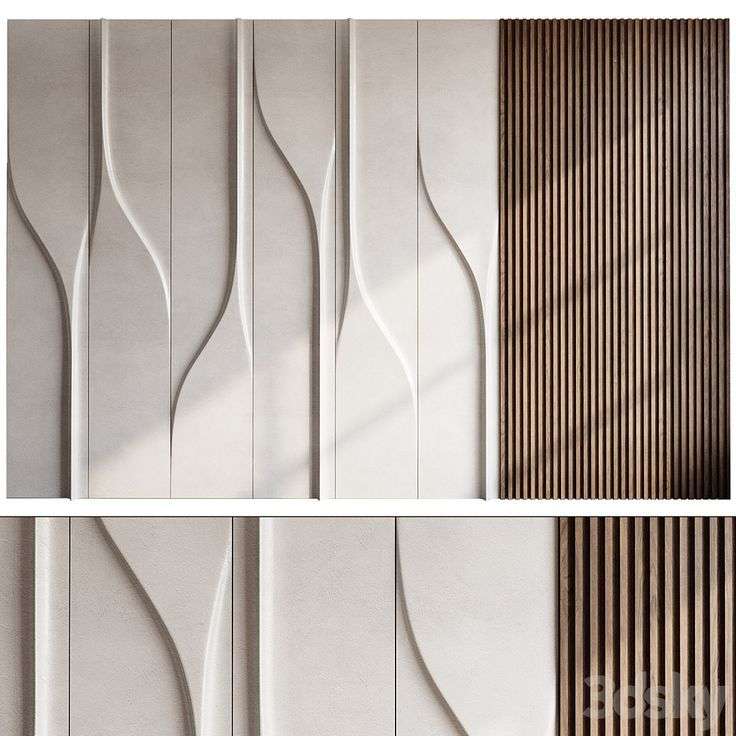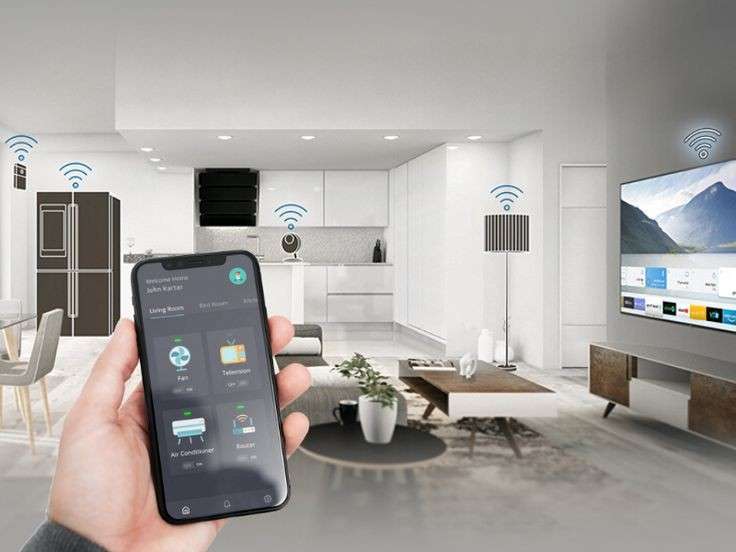Mid-century modern design is an iconic style that continues to captivate homeowners and interior designers alike. Its clean lines, functional forms, and seamless blend of form and function make it a timeless choice for contemporary interiors. If you’re looking to infuse your space with a touch of elegance, simplicity, and a bit of nostalgia, Scale & Structure specializes in bringing the essence of mid-century modern style into your home.
In this blog, we’ll explore the core principles of mid-century modern design and how you can incorporate them into your own home for a stylish and functional space.

What is Mid-Century Modern Design?
Mid-century modern (MCM) design emerged in the mid-20th century, roughly from the 1940s to the 1960s, and it revolutionized the way homes were designed. It was a departure from the ornate, heavy furnishings of previous design styles, favoring clean lines, minimalism, and a deep connection with nature. The goal was to create functional, practical, and aesthetically pleasing spaces with an emphasis on simplicity, geometric forms, and open layouts.
Key features of mid-century modern design include:
- Clean Lines: Sleek, simple forms with an emphasis on functionality.
- Natural Materials: Wood, leather, and metal dominate the materials used in furniture and decor.
- Bold, Graphic Patterns: Geometric designs and bright pops of color were common in textiles and decor.
- Open Spaces: Open-concept layouts with a strong connection to nature and the outdoors.
- Innovative Use of Technology: Incorporation of new materials and technologies, such as molded plastic and fiberglass, in furniture design.
Core Principles of Mid-Century Modern Design
1. Functional Simplicity
Mid-century modern design is all about functionality. Every element of the design has a purpose, from the furniture pieces to the lighting and accessories. There’s a focus on simplicity in both the form and function of the items, ensuring they’re not only visually appealing but also practical.
- Why it works: The minimalist approach ensures that each piece is carefully curated, preventing unnecessary clutter and creating a clean, balanced space.
- Tip: Choose furniture pieces with simple silhouettes and practical features. For example, opt for a sleek, streamlined sofa or a minimalist coffee table with hidden storage to maximize space and function.
2. Geometric Shapes and Clean Lines
Mid-century modern design is renowned for its use of geometric shapes and clean lines. From the sharp angles of furniture to the simple yet striking shapes of decor, geometry plays a central role in creating visual interest in a room without overwhelming it.
- Why it works: Geometric shapes create balance and harmony, bringing a sense of structure to the space without being too rigid or stiff. The clean lines give the design a sense of elegance and sophistication.
- Tip: Incorporate geometric patterns in rugs, wall art, or throw pillows. Look for furniture with simple, straight lines, such as a rectangular dining table or an angular armchair.
3. Natural Materials
Mid-century modern design emphasizes the use of natural materials, creating a harmonious connection with nature. Wood, especially teak and walnut, is a signature material in furniture, while stone, glass, and metal are often used in accents. These materials not only add warmth but also highlight the beauty of natural textures.
- Why it works: Natural materials give the space a grounding, organic feel, making it both inviting and elegant. The rich textures of wood or stone also provide contrast to the smooth, clean lines of modern furniture.
- Tip: Incorporate wood furniture, such as a walnut sideboard or teak lounge chair, and combine it with metal or glass accents. Opt for a wooden floor to ground the space or add stone accents to bring warmth and balance.
4. Bright Colors and Bold Accents
While mid-century modern design favors neutral tones as a base, it’s also known for vibrant pops of color. Bold hues, such as mustard yellow, teal, orange, and avocado green, were frequently used in furniture, textiles, and artwork. These colors add energy and character without overpowering the space.
- Why it works: A bright color palette brings a sense of vibrancy and life to the space, creating a playful and fun atmosphere that complements the clean, minimalist furniture.
- Tip: Add bright accent colors through cushions, rugs, or artwork. For a subtle touch, use a colorful statement chair or a patterned rug to bring a pop of color into a neutral space.
5. Indoor-Outdoor Connection
Mid-century modern homes often featured large windows, open spaces, and sliding glass doors to create a seamless connection between the indoors and outdoors. The goal was to bring nature into the home and create a fluid transition between living spaces and the surrounding environment.
- Why it works: Large windows allow natural light to flood the space, making the home feel brighter and more spacious. They also offer beautiful views of the outdoors, creating a calming, serene environment.
- Tip: If your space allows, incorporate large windows or glass doors to enhance natural light and views. Use minimal window coverings or sheer curtains to maintain an open, airy feeling. Add indoor plants to continue the natural theme.
6. Iconic Furniture Design
One of the defining characteristics of mid-century modern design is its iconic furniture pieces. Designers such as Charles and Ray Eames, Eero Saarinen, and Arne Jacobsen created timeless furniture that blends comfort and style. Mid-century modern furniture is characterized by simple, functional shapes, often with legs raised off the floor, creating an airy, light appearance.
- Why it works: Iconic mid-century modern furniture is not only stylish but also incredibly functional. Its design emphasizes comfort and practicality without sacrificing aesthetics.
- Tip: Incorporate iconic mid-century modern furniture pieces like an Eames lounge chair, Saarinen tulip table, or a minimalist sideboard. These pieces serve as both functional items and statement art in your space.
How to Incorporate Mid-Century Modern Design in Your Home
Incorporating mid-century modern design into your home doesn’t require a full renovation—it’s about curating the right elements that embody its principles of simplicity, function, and timeless beauty. Here are some ideas to help you get started:
- Start with Furniture: Invest in a few key mid-century modern furniture pieces that will serve as the foundation of your design. Look for simple, functional items with clean lines and natural materials.
- Embrace Minimalism: Keep decor to a minimum and focus on quality rather than quantity. Choose statement pieces that complement the architecture and overall design of the room.
- Use Color Wisely: Start with a neutral base and then introduce bold accent colors through textiles, art, or accessories. Balance the vibrancy with the warmth of natural materials.
- Create Flow: Focus on open-concept layouts that allow for natural light and easy movement between spaces. Incorporate large windows to bring the outdoors in.
Why Choose Scale & Structure for Your Mid-Century Modern Home?
At Scale & Structure, we are experts at bringing mid-century modern design to life in a way that blends functionality with timeless style. Our team works closely with you to create a space that embodies the clean lines, natural materials, and iconic furniture of the mid-century modern movement while making it uniquely yours.
Why Work with Scale & Structure?
- Tailored Design Solutions: We understand that no two homes are the same. We collaborate with you to craft a mid-century modern design that fits your personal style and needs.
- Expertise in Timeless Design: Our team is skilled in blending mid-century modern principles with contemporary needs, ensuring your space feels both timeless and current.
- Full-Service Design: From selecting the perfect furniture pieces to space planning and styling, we offer comprehensive services to make your mid-century modern dream home a reality.
Ready to embrace the timeless appeal of mid-century modern design in your home? Contact Scale & Structure today to start your design journey and transform your space into a stylish, functional haven.



